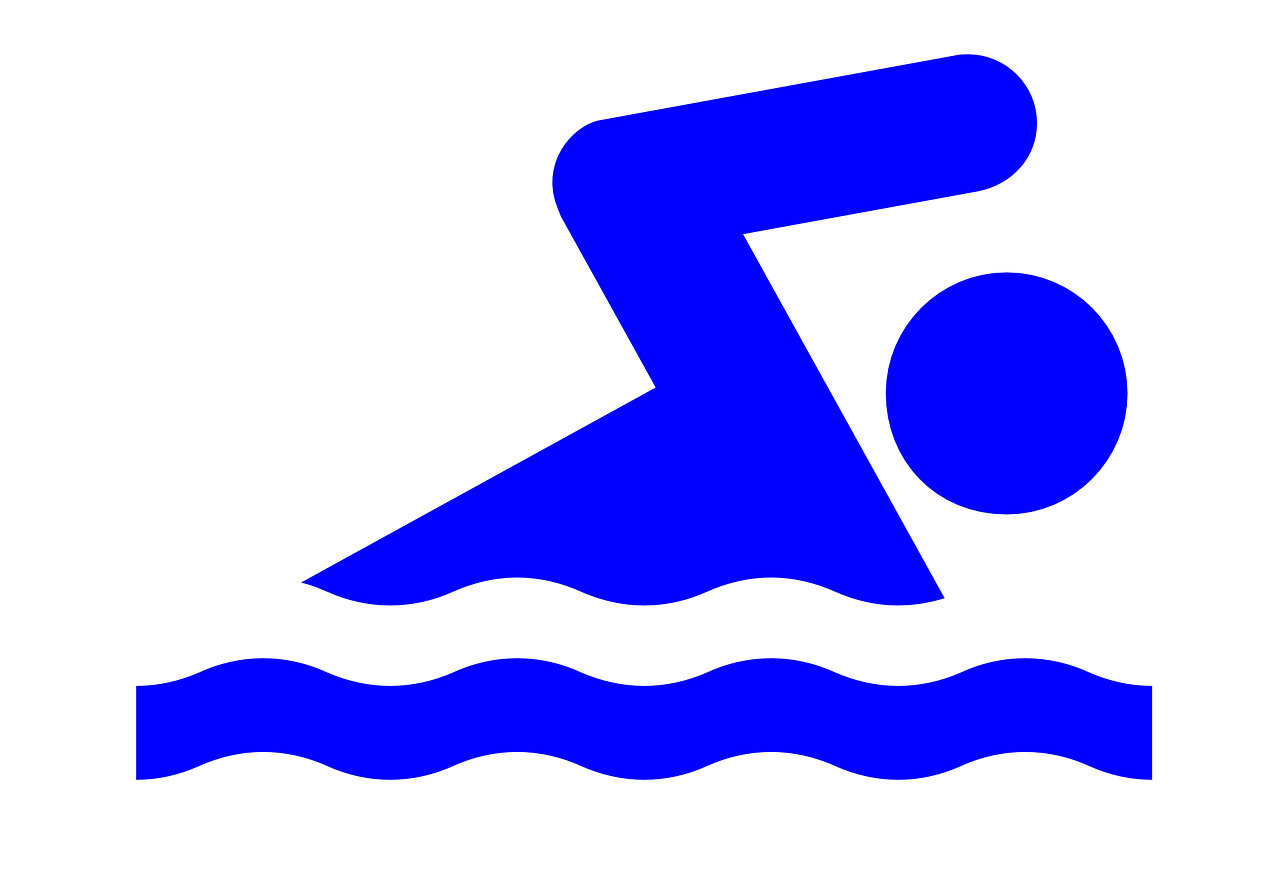After a period of temperatures of 95 degrees or more making it too hot to swim, early August has been comfortable enough for me to get back into my water exercise routine.
The water temperature has been close to perfect and cool enough to keep me refreshed, though sometimes cooler than most people like. I’ve just finished two of the best workout I’ve had this season: 30 lengths swimming punctuated by water-walking after every 5 to 7. I’m trying to do this at least every other day. My swim-walk-swim routine seems to strengthen my core muscles and my arms and it helps, a little, to make my legs more limber. When I swim I flutter-kick a bit better if I walk forward, backward, and sideways between every few swimming lengths.
Aquatic therapy for MS
I’ve never done any formal aquatic therapy, but I’ve discovered Laura Diamond, a physical therapist in Boston who specializes in it. She’s created an excellent video of her program for people with multiple sclerosis (MS). Diamond recommends combining the therapy that she provides in the pool with traditional physical therapy in a clinic. But you may be unable to find an aqua therapist near where you live or you might not be able to afford the treatment. That’s where water exercise comes in.
Water exercise for MS
Unlike aquatic therapy, in which a patient works with a physical or occupational therapist, anyone should be able to set up a simple, do-it-yourself, water exercise program. Combining swimming and walking in the pool works well for me. But you might want to create a more formal program for yourself or to work with water exercise equipment.
The Multiple Sclerosis Association of America has an MS Aquatics Center section on its website that can help you. It includes water exercise videos, text guides, and a recorded webinar. The association also coordinates a Swim for MS fundraising campaign. It’s like Walk for MS, but in the water.
The National Multiple Sclerosis Society has created a comprehensive aquatic exercise guide that covers body positions, equipment, and three levels of exercises. The guide is intended for instructors, but it can give you an idea of the wide variety of activities that you can do in a pool.
Keep safety in mind
Start slowly. I’ve recently been feeling unusually energetic and spending about 45 minutes in the pool, but my usual routine is only about half an hour. That seems to give me a decent workout without making me overtired. If the temperature of the pool is warmer than I like, I might make it shorter. If it’s cool, as it was today, I may add another 10 or 15 minutes. For your safety, swim at a pool with a lifeguard, or at least with another person who can assist you if necessary. Of course, check with your doctor before you begin any exercise program, wet or dry.
(Featured image by Clker-Free-Vector-Images from Pixabay).
(A version of this post first appeared as my column on the MS News Today website).



